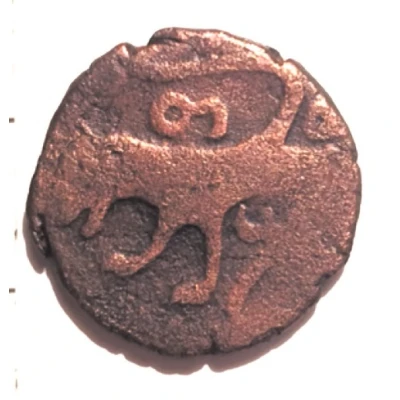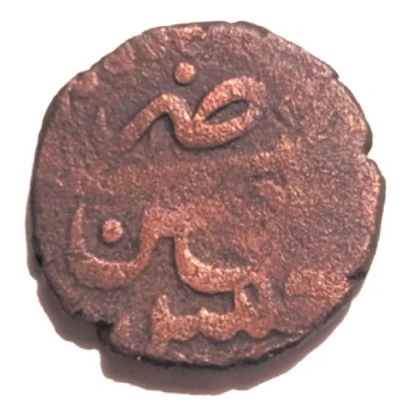


© Pavle Chumburidze
Puli - Teimuraz II
1162 (1749) year| Copper | 4.5 g | 19 mm |
| Issuer | Georgia › Kingdom of Kartli (1490-1762) |
|---|---|
| King | Teimuraz II (თეიმურაზ II) (1744-1762) |
| Type | Standard circulation coin |
| Year | 1162 (1749) |
| Calendar | Islamic (Hijri) |
| Value | 1 Bisti (0.1) |
| Currency | Abazi (-1801) |
| Composition | Copper |
| Weight | 4.5 g |
| Diameter | 19 mm |
| Shape | Round (irregular) |
| Technique | Hammered |
| Demonetized | Yes |
| Updated | 2024-10-04 |
| Numista | N#91227 |
|---|---|
| Rarity index | 92% |
Reverse
Persian inscription. Date and Mintname
Lettering: فليس / ضرب / فلوس / ١١٦٢
Translation:
1162
Struck in Tiflis
Edge
Irregular hammered
Interesting fact
One interesting fact about the Puli - Teimuraz II 1162 (1749) coin from Georgia is that it features a unique blend of Christian and Islamic influences in its design. The coin's obverse side bears an image of King Teimuraz II, while the reverse side features a depiction of the Georgian cross, which is a symbol of the Georgian Orthodox Church. At the same time, the coin's design also includes Arabic script and motifs, reflecting the Islamic influence that was prevalent in the region during the 18th century. This blending of religious and cultural influences makes the Puli - Teimuraz II 1162 coin a fascinating piece of history and a testament to the diverse cultural heritage of Georgia.